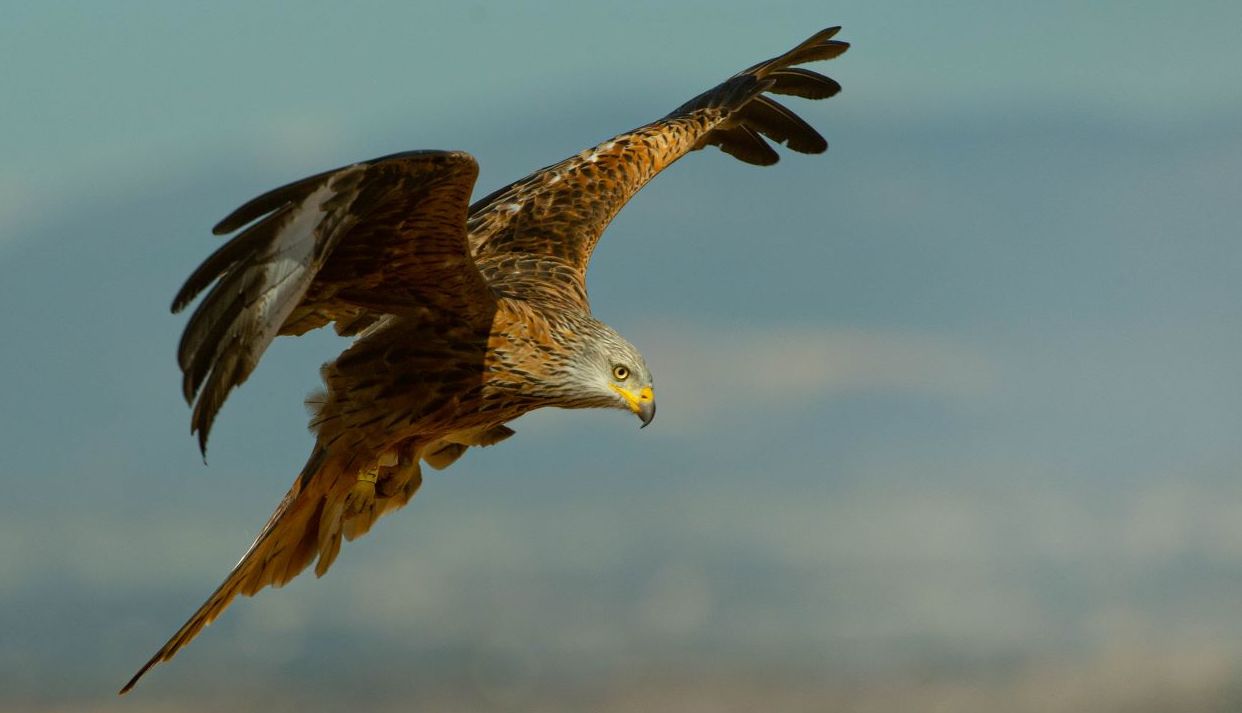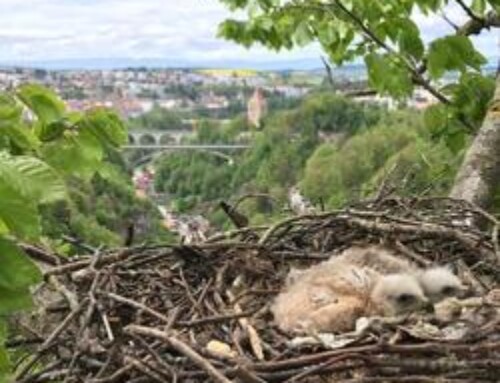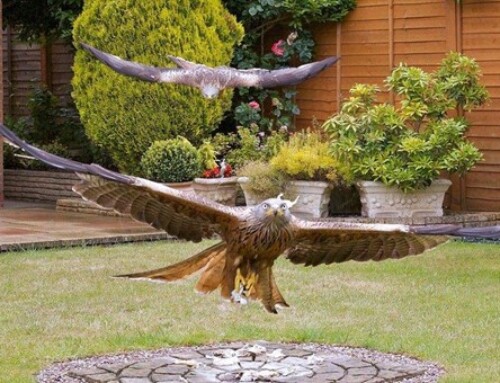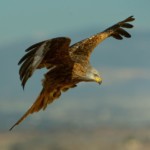 LINKED PAPER
LINKED PAPER
High Variability and Dual Strategy in the Wintering Red Kites (Milvus milvus). García-Macía, J., De la Puente, J., Bermejo, A., Raab, R., & Urios, V. 2022 Diversity. doi: 10.3390/d14020117 VIEW
Historically, migration has been one of the main focuses in animal studies, specially in the case of birds. Hundreds of professionals and amateur birdwatchers have been meeting every spring and autumn for many decades to see the breathtaking storks’ flocks, to look for the raptors that leave the Palearctic in order to reach their wintering grounds in Africa, or trying to capture some individuals to ring them, contributing to the better knowledge of the migration strategies of the species. Thus, individuals can be identified and counted around strategical points, and the hopeful observers may read the numbered rings and discover the main staging areas and stopover sites used by the species. Undoubtedly, we owe most of our current knowledge of bird movements to ringing studies and field work (Figure 1; see migration atlas), but these traditional methodologies based on field observations has several weaknesses, and some important recent findings were far from the possibilities of this technology.
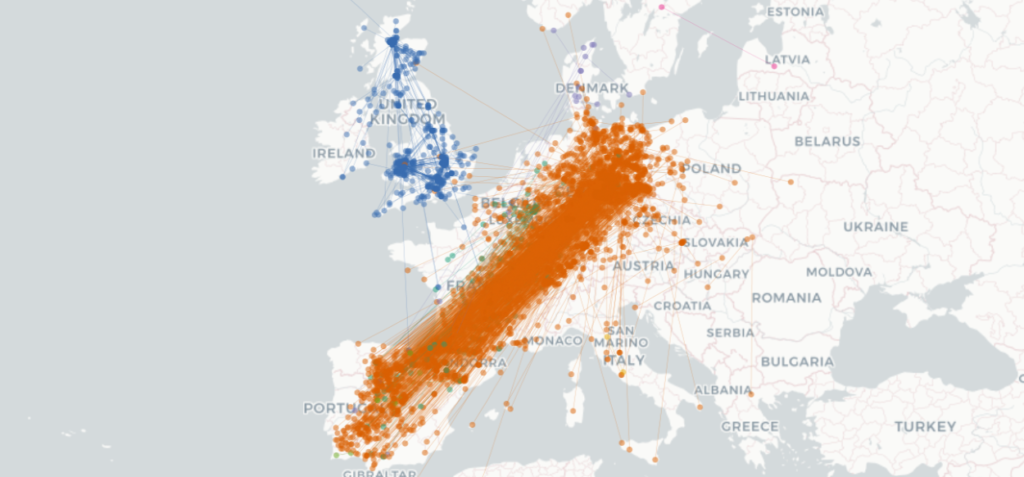
Figure 1 Movements of the Red Kite, based on EURING ringing data and Movebank tracking data (extracted from migration atlas)
Therefore, birds were frequently classified as sedentary (resident) or migratory. This dual categorization is quite useful and suitable for many birds whose behaviours fit within those terms, but are those all the cases? The majority of studies are focused on strict migrations or spatial ecology during wintering or breeding, so intermediate periods are often overlooked. However, apart from those regarding migration and sedentarism, some studies are focusing on those “strange” movements, who have received many different names in different birds’ studies, without a terminological consensus: pre- and post-migration movements, long-distance movements, post-breeding dispersal, etc. Ian Newton proposed in Bird Migration (2010) six types of birds movements which may better represent the variability happening in birds’ strategies: routine day-to-day movements, dispersal movements, dispersive migration, migration, irruptions, and nomadism. The main variables which define these different types of movements are direction, distance, dates, age, etc., and can be performed by just a few individuals or entire populations of a species. Indeed, recent studies with GPS telemetry confirmed that many birds have a great behavioural plasticity and the dual classification (sedentary-migratory) may be inadequate.
The Iberian Peninsula, which acts as an ecotone between Western Palaearctic and Africa, may be one of the places that best represents the variability in birds’ movements in the entire world, due to its particular clime and environmental characteristics. The breeding areas of many individuals that winter in Africa are placed in this region, which also receives many of the European individuals during winter. Furthermore, many individuals never leave the Iberian Peninsula, and are usually considered as residents. This unique Mediterranean area is a privileged place for ornithologists, who not only have a high biodiversity at their disposal, but can also see at first hand the plasticity of the species that live there.
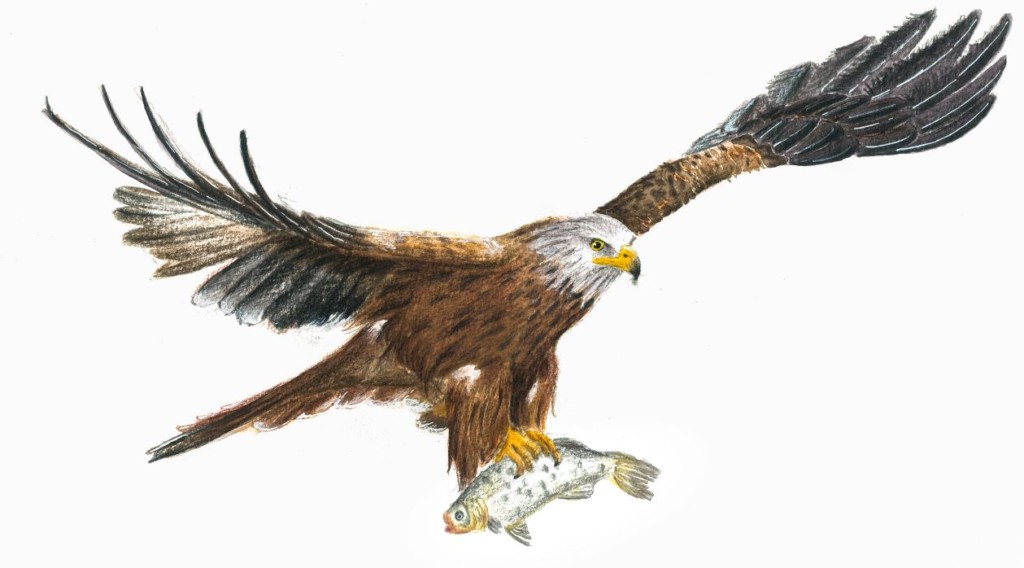
Figure 2 Illustration of a Red Kite carrying a mullet (© María Chirino Nieto)
Recently, we studied the post-reproductive period of the Spanish breeding Red Kites (Milvus milvus), expecting all individuals to be sedentary, unlike Central European individuals. However, we discovered that this population was much more complicated. Most of the individuals were sedentary, but we also discovered that a few individuals performed short-distance migrations within the Iberian Peninsula. The most surprising fact was that many females moved away from the nest after the breeding season for weeks or months and returned to the nest after that. However, this strategy (we called it “sedentarism with post-reproductive movements”) did not have the characteristics of migration: it was not performed in spring and autumn in a repetitive way, and did not have specific direction. They were wandering while performing exploratory movements, similar to the dispersal of juveniles. If that were not enough, individuals did not followed a specific strategy throughout their entire lives, and changed it annually (from sedentarism to short migration, or from short migration to sedentarism with post-reproductive movements, etc.). In other study, we also could see that the wintering red kites that Spain received every winter from Central Europe, often changed their wintering area during the wintering season, even crossing the Pyrenees (García-Macía et al., 2022).
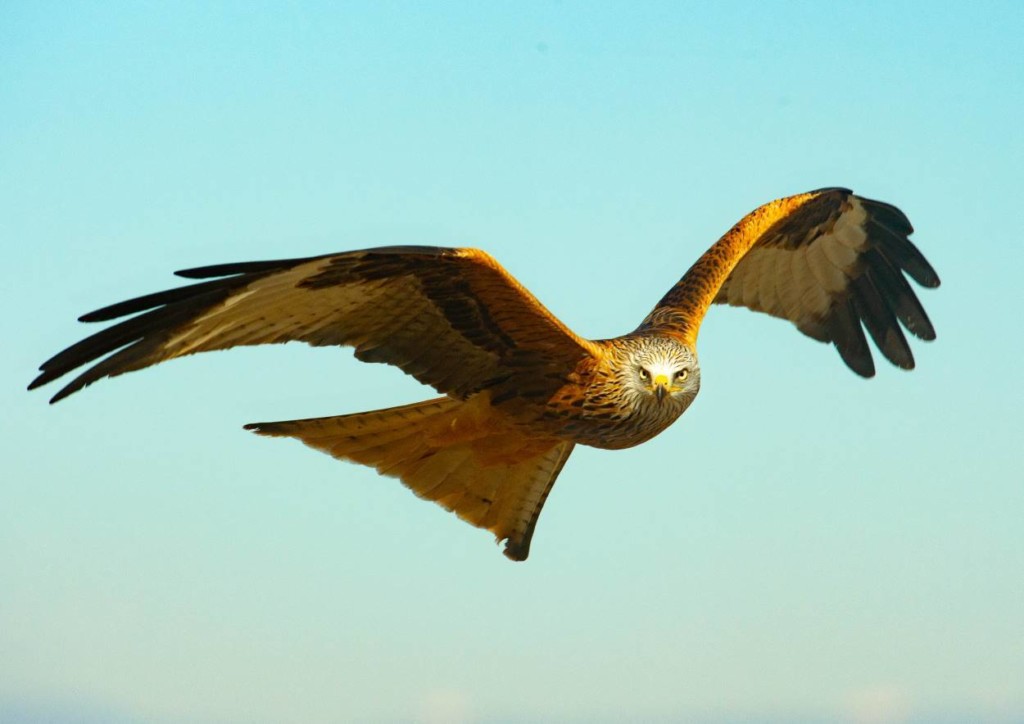
Figure 3 Red Kite flying over a midden in Spain (© Vicente Urios)
This complex behaviour does not seems to be exclusive to the Red Kite. We are currently studying the Spanish breeding population of the Hen Harrier (Circus cyaneus), and their behaviour is even more diverse: we have found strategies that varied from strict residents to short-distance and inter-continental migrators. It has also been found that some Common Kestrels (Falco tinnunculus), a species considered as resident in Spain, performed long-range movements and may be considered as dispersive migrants (García-Silveira et al., 2022).
Why are all these plethora of movements performed? The answer is not clear for now and this issue should be explored in further studies. It may depend on the population, the climatic area where they live, their diet… It might be more frequent in opportunistic birds, or it may exist a social component which we have not considered. The entire annual cycle of individuals should be considered, studying the movements in detail. Plasticity is a great evolutionary advantage, specially given the current global change, which is the greatest threat species will face in the next decades or even centuries.
References
Newton, I. 2010. Bird Migration. William Collins, United Kingdom
García-Macía, J., De la Puente, J., Bermejo, A., Raab, R., & Urios, V. 2022. High Variability and Dual Strategy in the Wintering Red Kites (Milvus milvus). Diversity 14(2):117 . VIEW
García-Silveira, D., Lopez-Ricaurte, L., Hernández-Pliego, J. & Bustamante, J. 2022. Long-range Movements of Common Kestrels (Falco tinnunculus) in Southwestern Spain Revealed by GPS Tracking. Journal of Raptor Research 10(1): 10993. VIEW
Image credit
Top right: Red Kite in Spain (© Vicente Urios)
If you want to write about your research in #theBOUblog, then please see here.


